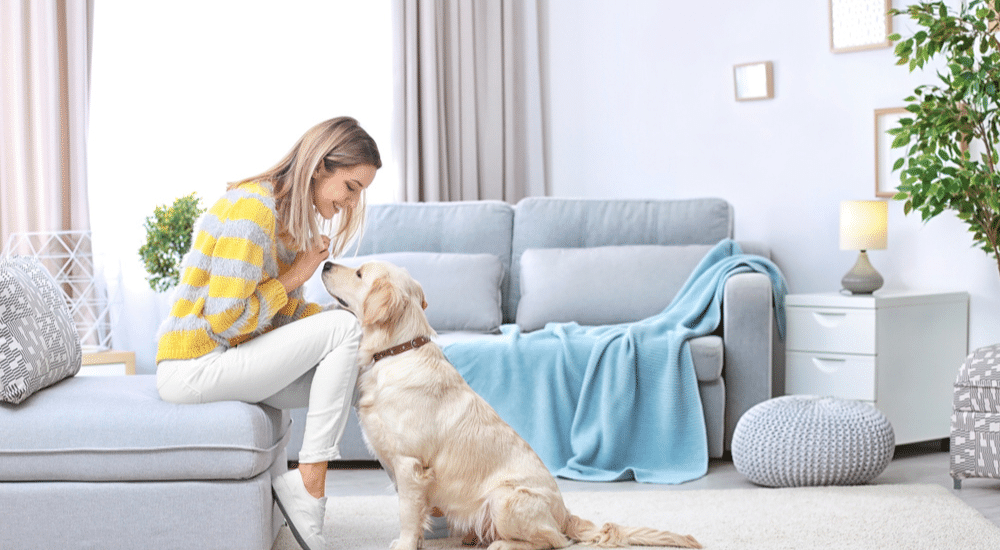A person who already has allergies is more likely to have an allergic reaction to a pet—and while you might think it’s because of their fur, this doesn’t seem to be the case. It’s not uncommon for certain people to react to pets with little to no fur and this is due to a special protein that pets produce in their bodies.
The easiest and most effective solution most healthcare professionals would give you, then, is to get rid of your beloved pet—but that’s not easy, is it?
The good news is that there are a lot of things you can do to reduce your reaction to allergies at home or in some cases, get rid of them completely.
Allergies aren’t usually just the result of one specific thing. It tends to be a combination of dust, pollen and a number of other factors, which change from person to person. Regardless, the end result is that you end up with a sneezing fit, itchy eyes or even a skin irritation.
For different people, the threshold of tolerance is quite different and by reducing the number of triggers in your home, you can reduce your reaction to the allergens produced by your pet.
Grooming and keeping your pet clean is the most important step
If you’re wondering how to reduce pet allergens in your home, start by making sure you give your dog a wash at least once a week and rinse away the dander.
With cats, it may be easier for you to simply wipe them down with a wet towel.
If you have birds or hamsters, clean their cages at least once a week too. Though these types of pets usually cause fewer allergic reactions, their urine and dander can evoke a reaction, nonetheless. Kennels, baskets and litter boxes need a regular clean-up as well.
Commit to a few daily or weekly best practices
If allergic reactions are common in your household, it would be best to wear old clothes when playing with your dog or cat and changing after. Wash your hands and face regularly after interacting with them too.
Salt lamps may not be for everyone, but if you are having plenty of allergic reactions, it might be an option worth exploring. When the salt lamp heats up, it may release negative ions into the air. When these negative ions come into contact with dust particles, they knock them to the ground, and reduce the number of allergens in the air, at nose level, when you sleep.
Make sure you clean your home regularly too; dust, vacuum and mop your floors at least a few times a week, if not every day.
You can also get rid of carpets or rugs that retain dust or fur and opt for hardwood or tiled floors.
Create a pet-free zone in your home
Another great way to manage your pet allergies is to keep a room or two, or an area of your home, where your pets aren’t allowed and keep the doors closed so they can’t get in.
Having this allergy-free zone means you have a safe space to go whenever your allergies act up. This is the best way to manage your symptoms if your pets are a big part of your life or can’t be sent out to your yard for whatever reason.
Moreover, you can also train your pet to make sure they don’t have too many accidents inside—urine can spread allergens too.
The good news—you can have pets and manage your allergies at home
Pet dander and other contaminants can affect the quality of air inside your home and make it difficult to breathe or stay healthy. If you already have a pet, I understand that getting rid of them might not be an option.
Luckily, taking a few simple steps and precautions can help you keep your air clean and your home safe, healthy and happy.
Good luck!

